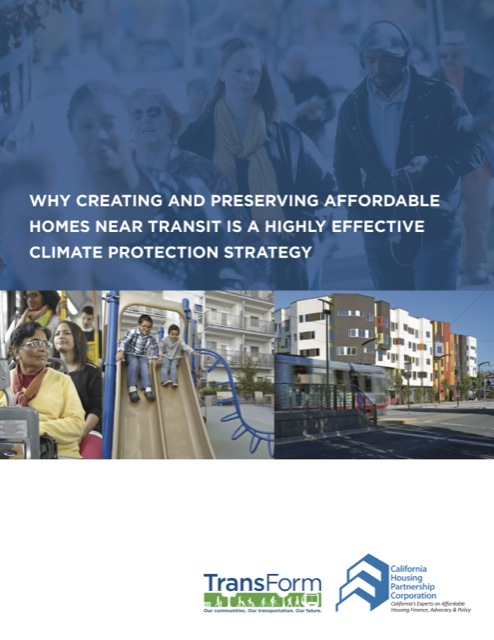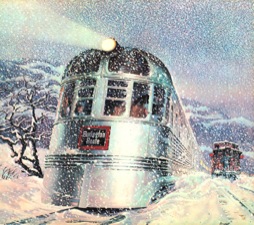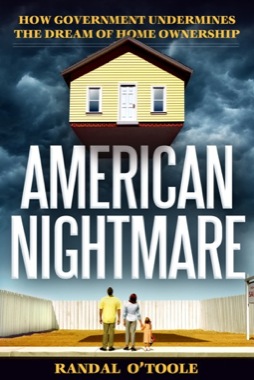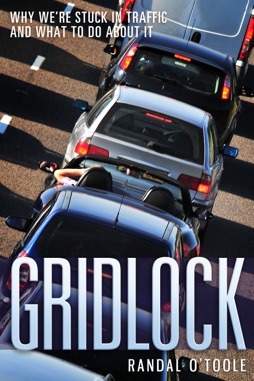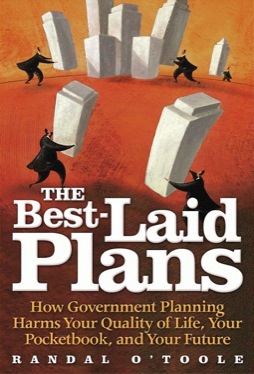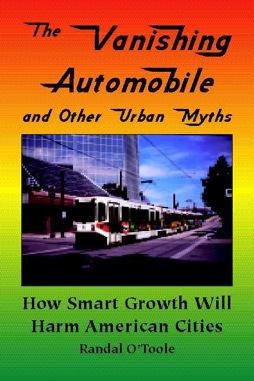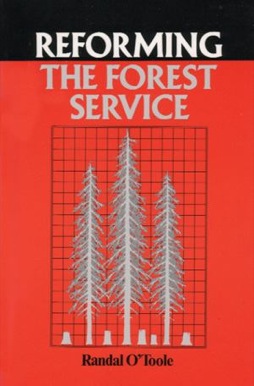Someone recently alerted me to a 2017 article in Forbes in which my friend Scott Beyer, who considers himself a market urbanist, asks, “How would San Francisco develop under an open market?” His incorrect answer is that it would be even denser than today.
He bases that on the fact that in parts of the Bay Area where housing prices are highest, population growth is low. The latter, he says, is due to NIMBYism preventing construction of new housing. Get rid of NIMBYism (by getting rid of zoning), and new housing would spring up denser than ever before.
Beyers is correct that NIMBYism is a real problem. But it is not the main reason why Bay Area housing is expensive. As Bay Area developer Nicolas Arenson pointed out in a presentation to the Metropolitan Transportation Commission in May, 2015, high-density housing costs more to build per square foot than low-density housing — up to 650 percent more depending on the density. Land also costs more in areas that are already developed. As if that’s not enough, Arenson adds that dense housing “sells at a discount” to single-family homes. Continue reading

